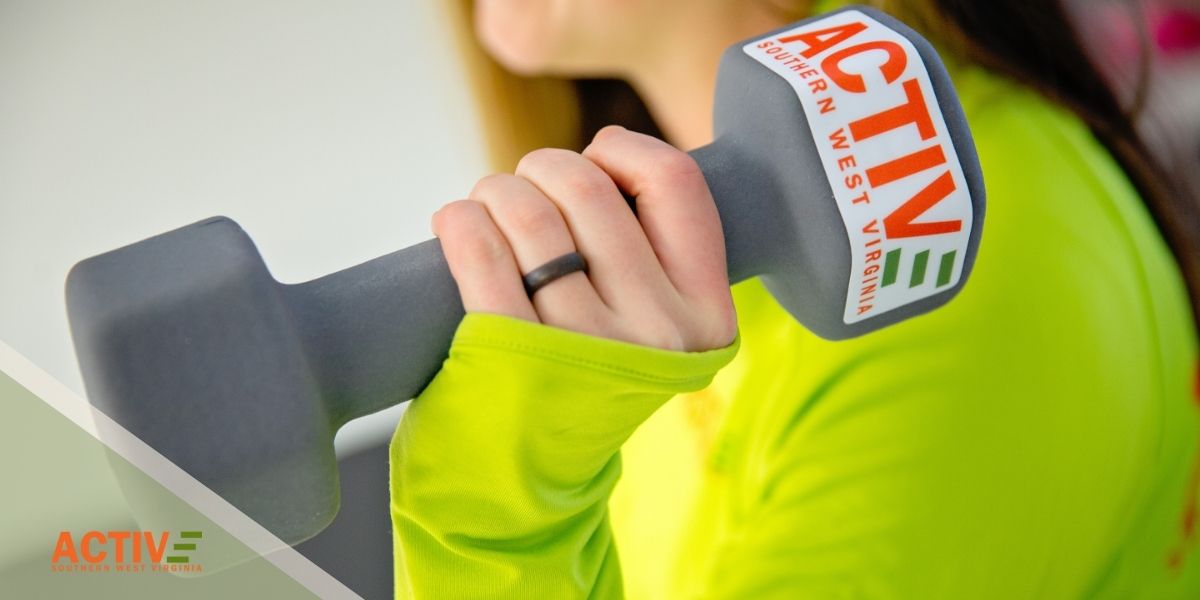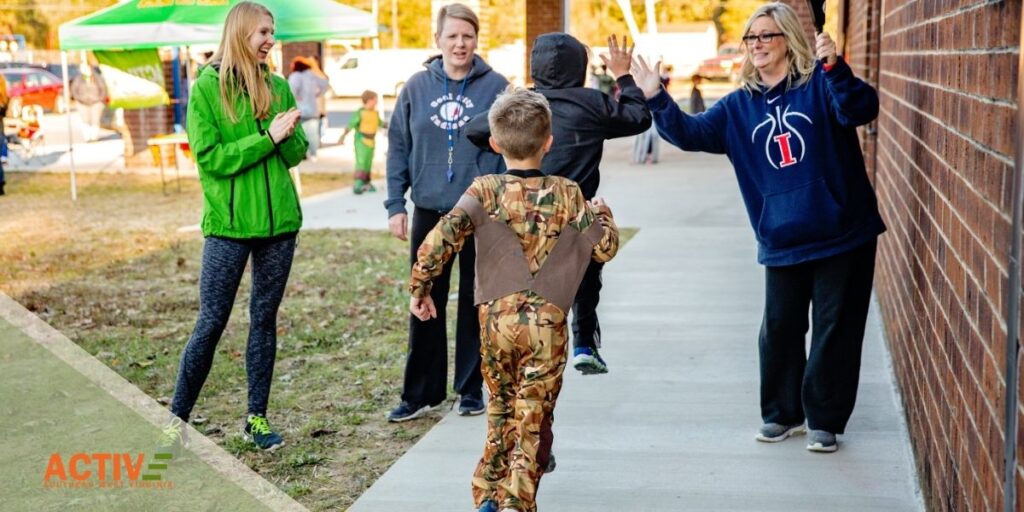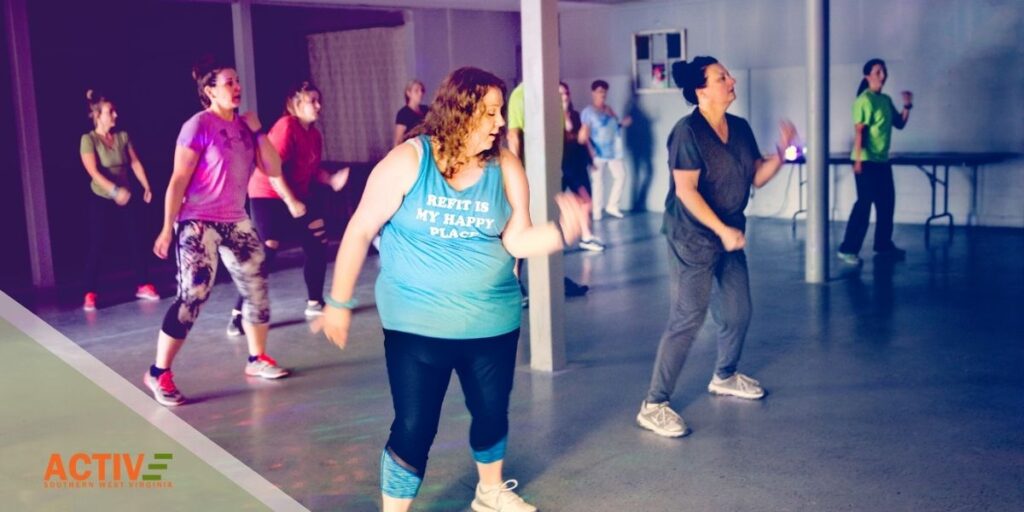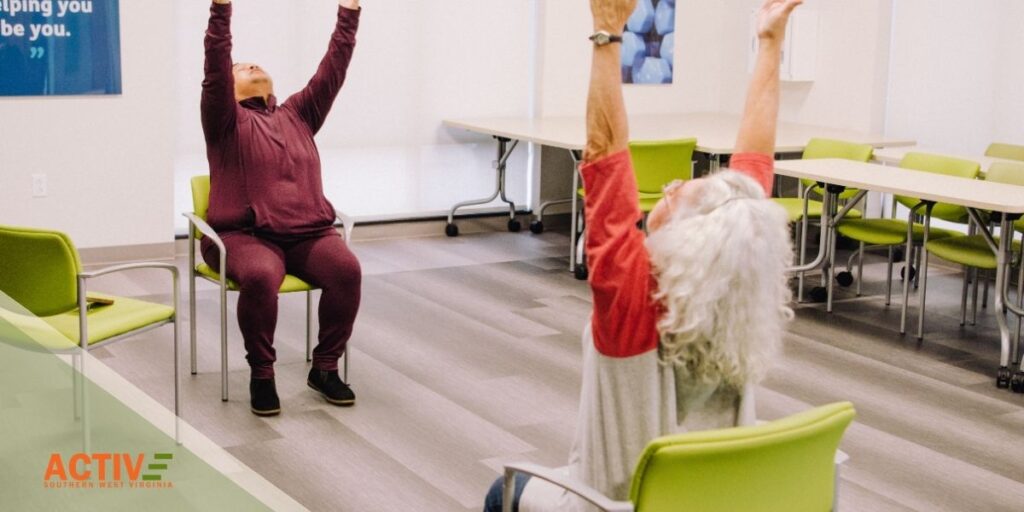
Why Strength Training is Important to Everyone at Every Age
What is strength training? Also known as resistance training, it is a type of exercise that causes your muscles to contract against an outside resistance. An outside resistance can be from your body weight, weight machines, medicine balls, resistance bands, free weights, or more (Penn State).
Strength Training for Kids and Teens:

We are not talking about lifting large amounts of weight. This could put a strain on young muscles, tendons, and growth plates, as well as lead to injury. Light weights and controlled movements while using good form is most important. Using kids own body weight or resistance tubing are recommended and are appropriate for a variety of sizes (Mayo Clinic).
- Increase muscle strength.
- Strengthen bones.
- Help promote healthy blood pressure and cholesterol levels. (In the last 30-40 years these rates have increased significantly. Some estimates suggest nearly 15% of adolescents have abnormal rates [John Hopkins Medicine]).
- Help maintain healthy weight.
- Help protect from injuries.
- Help improve physical activity performance and the desire to do it.
- Help feel good about themselves and improve overall mental health.
Strength Training for Adults:

- Enhanced Muscle and Bone Health. Strength training helps to build and maintain muscle mass, which is crucial for overall physical functioning. It also plays a significant role in preserving bone density.
- Weight Management. While aerobic exercises are often emphasized for weight loss, strength training is equally important as it increases resting metabolic rate. This means that the body continues to burn calories at a higher rate even after the workout is over. This post-exercise metabolic boost can aid in long-term weight management.
- Cardiovascular Health. Strength training has been shown to improve cardiovascular risk factors, such as blood pressure and cholesterol levels.
- Chronic Disease Management. For pre-diabetes and diabetes it has been shown to improve glucose metabolism, making it particularly beneficial for individuals with type 2 diabetes by enhancing insulin sensitivity. Moreover, it can alleviate symptoms of arthritis by reducing pain and increasing joint function (Harvard Public Health)
- Mental Health Benefits. Strength and resistance training can help improve mood, reduce depressive and anxiety symptoms, improve self-confidence, build self-esteem, and improve body image. Strength training releases endorphins which give you a jolt of feel-good chemicals improving your outlook (Harvard Health Publishing)
- Sleep Quality. Regular strength training has been linked to better sleep quality. It helps reduce the symptoms of insomnia and improves overall sleep patterns. Improved sleep also contributes to better cognitive function and mood stability (UNM).
Strength Training for Older Adults

- Cognitive Function. Strength training has been found to have profound effects on cognitive function, particularly in older adults. Studies indicate improvements in memory, executive function, and overall cognitive performance with regular resistance exercise. These benefits are crucial in preventing cognitive decline and conditions such as dementia (UNM).
- Maintain Muscle Mass. Studies have shown that about 30% of adults over age 70 have trouble walking, getting out of a chair or climbing stairs. Mobility issues are linked to higher rates of falls, chronic disease, nursing home admission and mortality. The loss of muscle mass and strength is called sarcopenia. Strength training along with walking or other cardiovascular exercise has been slows muscle mass deterioration increasing strength and mobility. (NIH).
- Improves Balance for Fall Prevention. Older adults often have an increased risk of falling due to health-related issues such as nerve damage (neuropathy), poor vision, taking five or more medications have shown increased fall risk, home hazards and low blood pressure. Strength training has been shown to improve balance in this age group (NIH).
- Pain Management. Regular training by strengthening the muscles surrounding the joint can reduce pain by enhancing joint stability and offloading pressure on the joint. It modifies the way the nervous system processes pain, which can lead to decreased pain sensitivity. The endorphins released are the body’s natural painkillers (Spine & Joint Central OH)
- Warm Up Before You Begin. Do some light aerobic exercise such as walking about five minutes with some dynamic stretching which includes slow controlled movements through the full range of motion.
- Start Slowly. Gradually increase resistance or weights when two sets of 10-15 repetitions can be easily completed.
- Breathe Regularly. Do not hold your breath. Practice exhale during the most difficult part of the movement and inhale on the release.
- Stop If You Feel Pain. Pay attention if you start to hurt, stop. Pushing harder could result in injury.
- Alternate Muscle Groups. Give your muscles time to recover, avoid exercising the same muscle groups two days in a row.
- Seek Variety. There are lots of great resources online for exercises and different types of exercises that don’t require expensive equipment or memberships.
- Cool Down. End with some lighter exercises and stretches.
- Functional Fitness. Incorporating functional fitness exercises that mimic everyday movements can enhance overall strength and make daily activities easier. This approach not only improves physical health but also ensures that the benefits of strength training translate into better quality of life (University of Utah Healthcare).
- For more tips to get started: (Mayo Clinic), (Healthline) (WebMD)
Strength and resistance training offer comprehensive health benefits that extend well beyond muscle building. From improving bone density and cardiovascular health to boosting cognitive function and mental well-being, incorporating these exercises into your routine can significantly enhance your overall health and quality of life. Just 30 minutes twice a week, can significantly improve bone health and muscle strength, which are vital as we age.

Lauren Weatherford, is a West Virginia University Extension Agent and Associate Professor. She has taught health topics for over twenty years and has a personal passion for fitness and living well.

